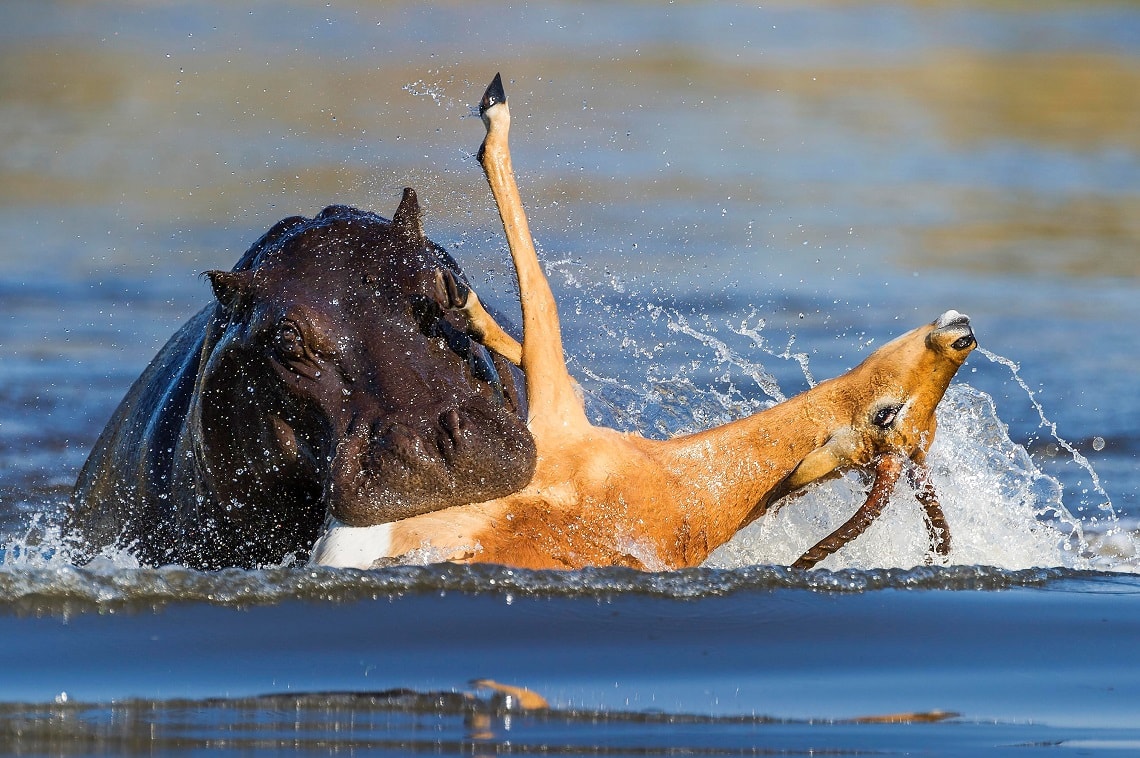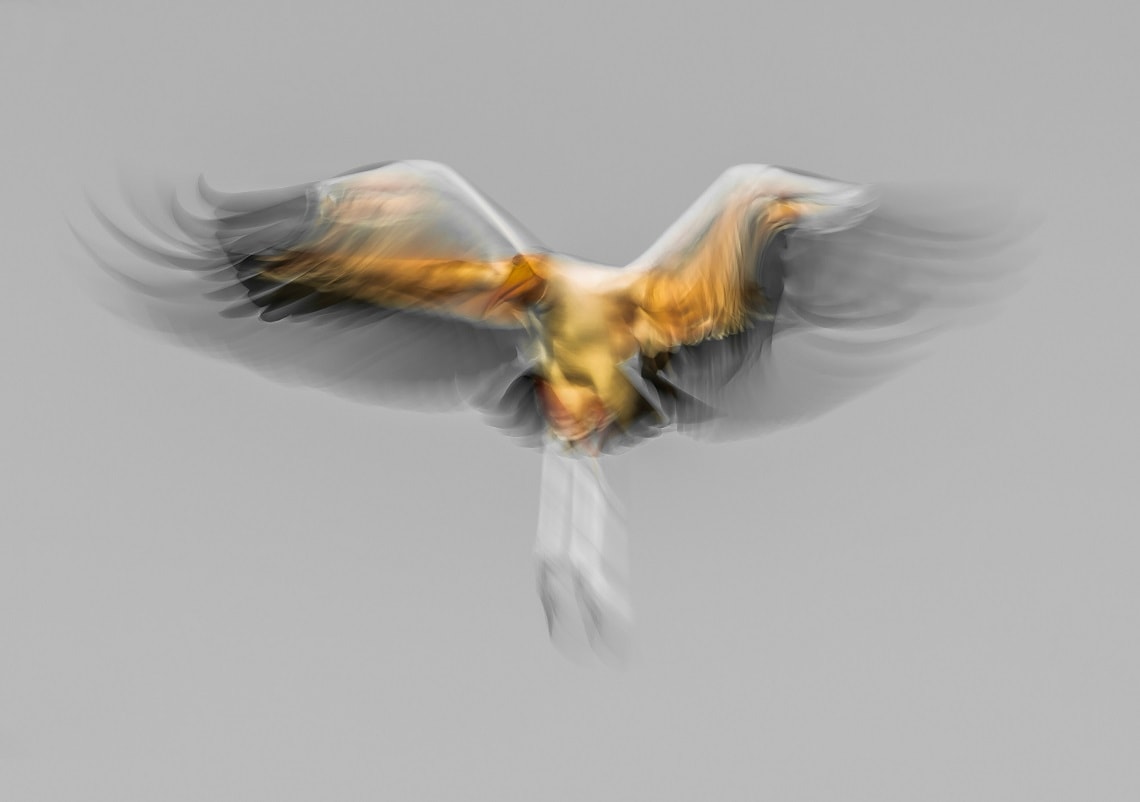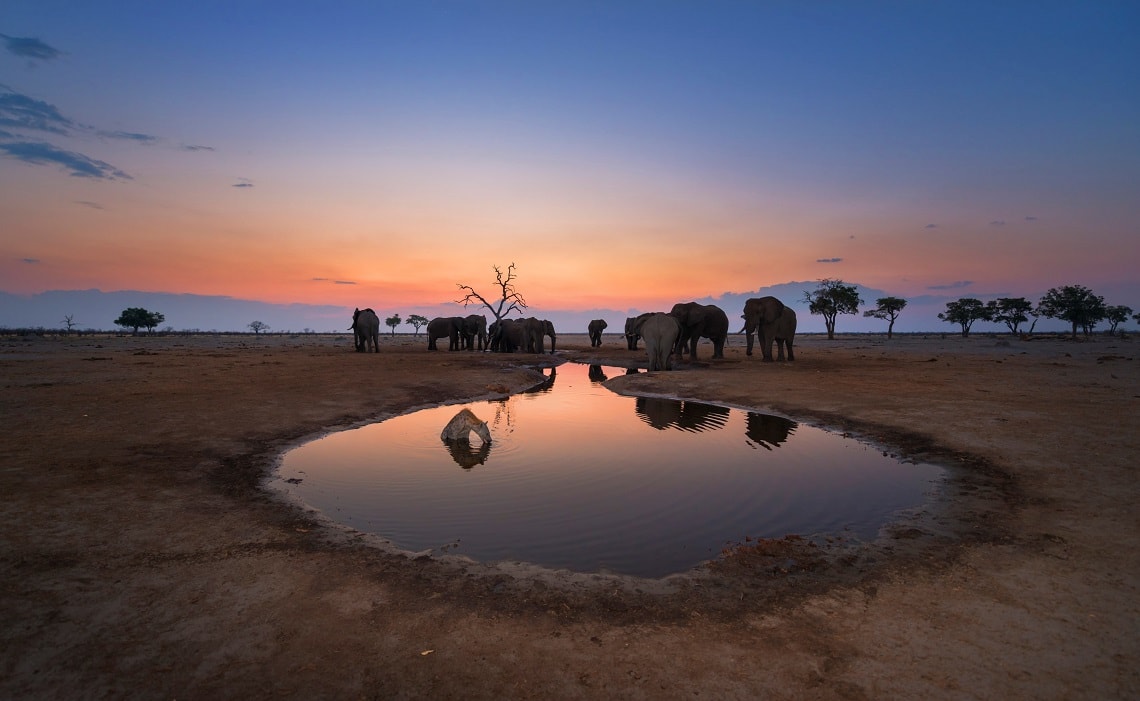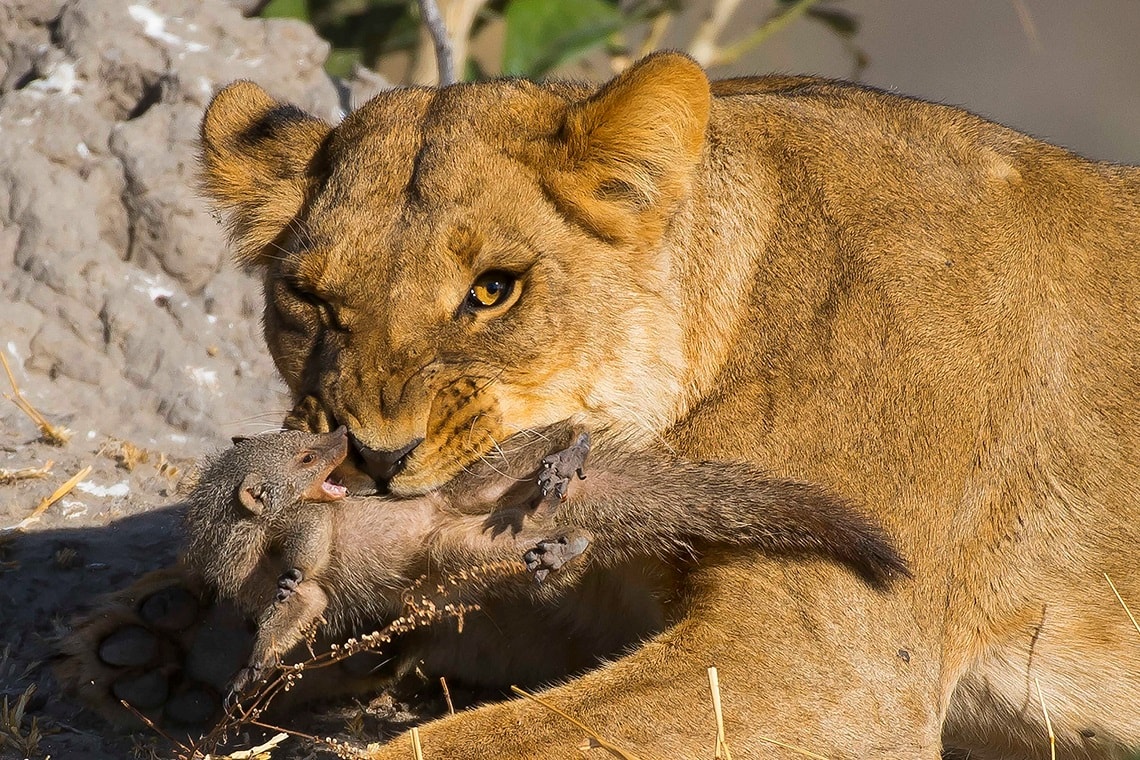Wildlife photographer extraordinaire Hannes Lochner is no stranger to some of Africa’s wildest places. After spending two and a half years behind the camera in Botswana’s Okavango Delta, his captivating coffee table book, Planet Okavango, has seen the light. By Arnold Ras
Page through Planet Okavango and you’ll fall headlong into a magical world where animals still rule. Hannes Lochner truly has a unique eye when it comes to capturing Africa. Picture a lion silhouetted against the evening light as he walks into a watercourse, at once powerful and vulnerable. A hippo watching over a pride’s midnight feast, the sky heavy with stars. Two carmine bee-eaters caught in mid-air, their wings outstretched, their beaks just touching – a moving courtship display. The 220 pages of this book showcase the planet’s largest aquatic wilderness like you’ve never seen it before.
For his first three books, Hannes called the Kalahari home for six years. But his lens was yearning for change. With his eyes set on something utterly different to the Kalahari’s arid landscapes, the Okavango Delta would become his playground.
Tracks4Africa wanted to know about his time in the Delta, surviving the elements and finding his way with T4A’s Guide App.
Why the Okavango for your latest publication?
After six years in the Kalahari, I wanted water between my toes. I wanted to experience the areas north of the Kalahari that are covered in water and how animals adapt to this environment.
Many call your photography methods ground-breaking. Why?
I always try to reinvent myself with every project. I usually do a three-year project and then take a year break to organise the next adventure.
The photography market is hugely saturated – with the right equipment, anyone can take a beautiful photograph. It’s a challenge to excel yourself above the rest. You need to spend time in the bush. Time is crucial to good photography – lots of time. Capture images that make you wonder, make people ask questions, and have feeling.
What’s at the core of your love affair with the Okavango?
I love to be in the middle of nowhere for a long time. I don’t want any coms or social media. I want to work without interruptions. That way, you can do good work. After my stint in the Kalahari, I was looking for challenges in the Okavango. And yes, I got a lot of them: broken down vehicles, animals trashing camp, sharing my space with everything bigger than me, getting stuck, and being eaten by mozzies. But isn’t this what life is all about? Adventure, the unknown, the unexpected. From the air this place is like no other. A feast for the eyes.
Some of your favourite spots?
Well, I like Chiefs Island and the less-travelled areas in Moremi Game Reserve. Khwai River is amazing and always delivers, but very, very congested with vehicles. The outskirts of the Delta-like Nxai Pans and Savuti are also amazing. The areas within a 10km-radius from Third Bridge Camp are very active and great for exploring.
What makes Botswana so ideal for self-drive travellers?
Most roads off the tar are really bad – any 4×4 enthusiast’s dream. In the rainy season between December and February it’s even worse. It’s wild and there are no fences in any park. You are surrounded by wild animals and you have to be alert at all times. It’s really wild. It’s Africa!
How did you navigate?
I used the Tracks4Africa Guide App on my phone. Daily, it was the only way to find my way back “home” – our tent under a sausage tree. Sometimes I would follow animals for more than 10 miles off the beaten track. It was of the utmost importance to get back to camp and my go-to navigation tool was the Guide App.
A few must-haves if you want to photograph the Delta?
Like any wildlife photographer, you will need a telephoto lens of at least 400mm to get close to the skittish animals, a medium lens like the 70-200mm, and a good wide-angle (mine is 14-24mm). For aerial photography, the 24-70mm is great if you fly low, otherwise the 70-200mm. And, of course, a camera with lots of pixels. The more, the better, as long as you have a shutter of a minimum eight frames per second.
You must have faced some daunting challenges while out in the wilderness…
We had a few close calls – hippos biting our Landy, elephants storming us, leopards and lions in camp. Basically, every wild animal in the Delta shared our camp and you have to be very careful all the time. You do get used to it though. It’s just another day in the bush.
All pictures taken from Planet Okavango courtesy of Hannes Lochner








